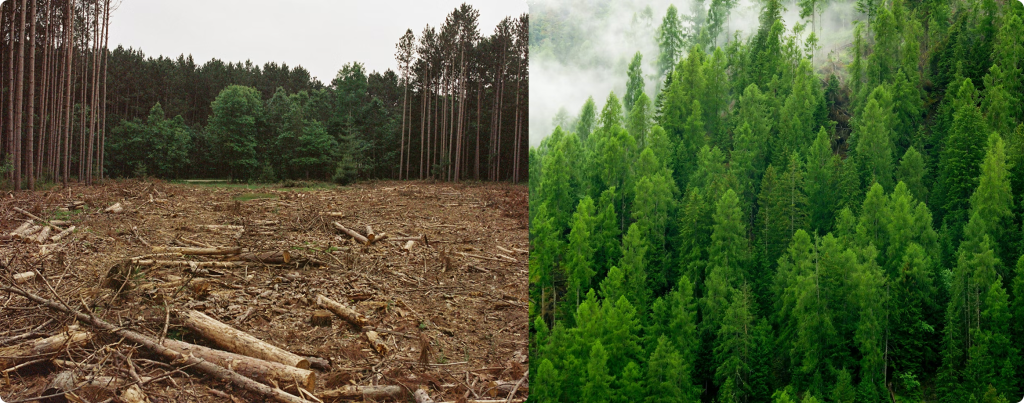
From Deforestation to Regeneration: Africa’s Path to Climate Leadership

Picture a continent-wide coalition—farmers, activists, tech innovators, funders—uniting for a future where Africa’s communities and ecosystems thrive. Brazil’s Devastation Bill, easing agricultural rules, risks a fifteen percent spike in Amazon deforestation—two million hectares lost yearly, adding one-point-five billion tons of CO2 by 2030, per Ricardo Abramovay at the University of São Paulo. With Instituto Socioambiental (@Socioambiental) warning eighty percent of Indigenous lands are at risk, we join their call for President Lula to veto this bill to protect COP30’s impact.
From Nigeria to Senegal and Mozambique, Africa faces similar choices, but radical, people-centered collaboration can chart a different path. Nigeria’s lost eighteen percent of its tree cover since 2001, releasing one-point-two billion tons of CO2, says Global Forest Watch. Senegal’s deforestation costs fifty million dollars annually, per the World Bank.
In Mozambique, thirty percent of mangroves are threatened, notes the African Wildlife Foundation (@AWF_Official). “Climate justice unites communities across borders,” says Mithika Mwenda of the Pan-African Climate Justice Alliance (@PACJA1), spanning fifty-four countries. In Ghana, AbibiNsroma Foundation (@AbibiNsroma) plants fifteen thousand trees yearly, says Elizabeth Allua Vaah. In Sudan, the Sudanese Environment Conservation Society (@SECS_Sudan) restores degraded lands, boosting yields by twenty percent, per director Ahmed Musa.
In Equatorial Guinea, the Wildlife Conservation Society (@WCSorg) protects biodiversity, conserving key forests. In Tanzania, the Foundation For Environmental Protection In Tanzania (@FEPTTZ) fosters community sustainability, planting thousands of trees annually. “Agroecology is our shared future,” says Bridget Mugambe of the African Food Sovereignty Alliance (@FoodSovAfrica).
These networks need coordination to scale. Imagine linking them with solar irrigation, cutting energy costs by forty percent in Botswana, as championed by the Botswana Climate Change Network (@BCCN_BW). “Clean energy transforms livelihoods,” says Kealeboga Masalila (@BCCN_BW). AI tools like Google’s Earth Engine (@GoogleEarth), with ninety percent accurate deforestation mapping, could optimize agroforestry in Senegal. OpenAI’s analytics or Perplexity’s insights (@Perplexity_AI) could improve yield predictions by twenty percent across Sudan. Blockchain platforms like Cardano (@Cardano) or Hedera (@hedera) could secure transparent carbon markets, increasing farmer payouts by fifteen percent, per World Resources Institute (@WRIClimate).
Funders are vital. The African Development Bank (@AfDB_Group) commits three hundred million dollars to climate adaptation, stating, “Sustainable agriculture drives growth.” Philanthropies like the Bezos Earth Fund (@BezosEarth), with one billion dollars for Congo Basin conservation, and the Global Environment Facility (@theGEF), note, “Local solutions scale with investment,” per GEF’s Carlos Manuel Rodríguez. Coordinating networks across Nigeria, Senegal, and Mozambique can make Africa a COP30 leader.
Join this continent-wide movement to shape policies that avoid Brazil’s misstep.
© Africa Climate and Energy Nexus. All Rights Reserved
2025